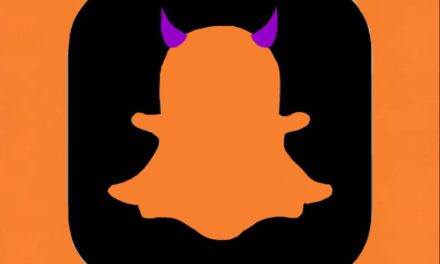Repost from: https://martechtoday.com/ar-breaks-out-of-the-app-and-onto-the-mobile-browser-224018
Augmented reality (AR) development firm 8th Wall unveiled on Tuesday what it says is the world’s first AR solution for mobile browsers.
8th Wall Web allows marketers to offer interactive AR content without forcing their customers to download an app or scan an image marker such as a QR code.
Erik Murphy-Chutorian, chief executive officer and founder of 8th Wall, says that the company developed the technology because mobile AR has limitations in accessibility and reach.
“There have been really large pushes in marketing that say that AR is here today and it’s here on your smartphone,” Murphy-Chutorian said. “This is true, but with some caveats.”
Murphy-Chutorian said that only about 20 percent of active phones have some form of AR technology, making it hard to create branded experiences that get passed around.
That’s obviously a large number, but 80 percent of the smartphones out there aren’t capable of doing [AR]. It’s very hard to get virality [with an experience] when only one out of five people can view it.
That problem is exacerbated by the next issue, which is that to build augmented reality on a smartphone, you have to have the ability to show three-dimensional objects in space. The tools for developers that have done this historically have been video game engines. And what’s happened is that we’re seeing people now trying to build AR experiences in video game engines. And that’s great if what you’re building is an AR video game, but it’s not good if what you’re building is an AR retail page or advertisements that you want to embed in existing applications. Or if you want to build your own kind of custom experience for your store.
 8th Wall Web uses the company’s Simultaneous Localization and Mapping (SLAM) engine and includes positional tracking so users can explore and interact; surface detection for precise virtual object placement; 3D “world points” that help placement in the local space; hit tests that enable interaction with points in the room and lighting estimation, which adjusts the lighting levels in the user’s real world to match lighting in an AR scene.
8th Wall Web uses the company’s Simultaneous Localization and Mapping (SLAM) engine and includes positional tracking so users can explore and interact; surface detection for precise virtual object placement; 3D “world points” that help placement in the local space; hit tests that enable interaction with points in the room and lighting estimation, which adjusts the lighting levels in the user’s real world to match lighting in an AR scene.
Technology companies have been trying to create AR experiences outside of an app for a while. In May of last year, Blippar launched what is called the “first AR digital ad unit outside of an app.” This year, Google has announced that it will make its AR tool Article available to mobile browsers on AR-enabled devices.
Murphy-Chutorian says that 8th Wall Web should be especially attractive to advertisers who have dipped their toes into AR via a platform like Snapchat.
In contrast with Snapchat, with 8th Wall Web, you have the full power of web technology and existing libraries to build almost any AR experience that you can think and then we provide the ability to host that anywhere that web pages can be seen.















